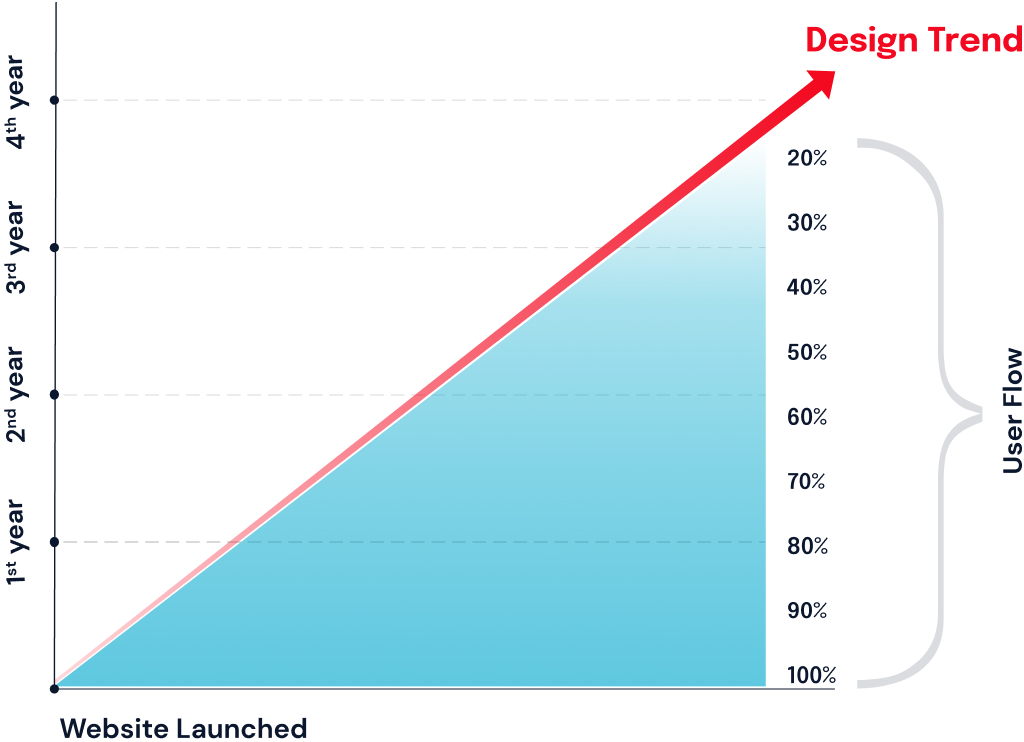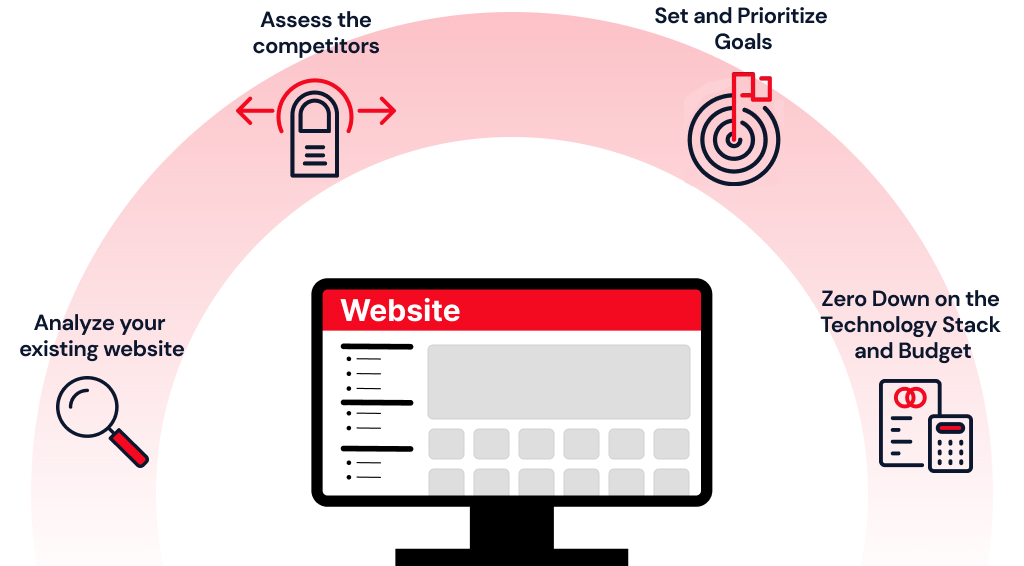Overview
- Keep The Layout Clean And Simple
- Mobile-Friendly or Mobile-First Approach
- Convenient Navigation
- Add Social Proof
- Entice With Limited-Time Deals
- Final Thoughts
E-commerce Website Design
No matter how effective your marketing strategies are if your eCommerce website is not optimized for sales, you could be losing key clients. Statistics show that the average time on a page for e-commerce websites is 38 seconds. The layout and style of your website must be enticing enough to hold a shopper’s attention and the checkout process as simple, quick, and stress-free as possible.
In this blog post, we’ll discuss 15 eCommerce web design best practices that would help you increase your conversion rate. Let’s get started.
Keep The Layout Clean And Simple
While it may be tempting to add a lot of visuals, banner ads, and pop-ups, these elements distract a user far away from the end goal of closing a sale. Simple web design with clear navigation and straightforward call-to-action is the basic design requirement for any e-commerce website. From a shopper’s perspective, simplicity means being able to find everything they need on your e-commerce site in one or two clicks. Be it Amazon or Target, straightforward eCommerce web designs have a few things in common. They are:
- Pleasing color schemes
- Scannable content
- Clear navigational components
- Readable typefaces
- Stunning Visuals
Mobile-Friendly or Mobile-First Approach
While the terms mobile-friendly websites and mobile-first websites are often used interchangeably, they are two different concepts. A mobile-friendly design means a desktop version of the site is resized and customized to give a better mobile user experience. A mobile-first approach is designing a website prioritizing the needs of mobile users first followed by desktop users. From GenZ or Boomer, people transact every day from smartphones. The competition is stiff in the eCommerce sector and if your website is loading slowly or isn’t responsive, you are sure to lose visitors in less than 4 seconds. To make your eCommerce website mobile-friendly, you would need to optimize the images, layout and the checkout process super-easy. A search box and what’s on sale components grab the visitor’s attention.
Convenient Navigation
Nothing is more annoying than struggling with a website’s navigation. One of the worst things you could do on your website is taking users from screen to screen and offering too many choices or upsells during checkout. Many eCommerce websites fail, not because their offerings are bad but because it is impossible for users to discover what they need as they need to navigate several pages to locate a product.
Add Social Proof
People are more likely to buy something for themselves if they see that others have already done so. Making it easy for buyers to rate and review a product is a great way to engage with your shoppers. Positive reviews automatically build trust among potential clients and also caution them to steer clear of products if their social proof is not a good one. Your eCommerce web design must encourage past clients to upload order images, rate the product and leave a comment. Looking for some social proof on selecting the best eCommerce web design companies to work with? At SolutionChamps, we let our work speak for itself. Check out our portfolio and feel free to discuss your eCommerce project with us.
Entice With Limited-Time Deals
From Daily Deals to Black Friday and Cyber Monday, creating scarcity is a proven marketing traffic to drive conversations. Your eCommerce website design must have an exclusive deals section to entice visitors. Pairing up the limited-time deal with a countdown timer or including an exit-intent pop-up with a discount is a great way to increase your conversion rate.
Final Thoughts
With the right amount of research and planning, creating user-friendly and appealing eCommerce websites that are geared for conversion is definitely worth it. At SolutionChamps, we are here to turn your eCommerce business idea into a visually-appealing, straightforward, uncluttered website built with conversion as focus. Get in touch with us for a quick quote.

